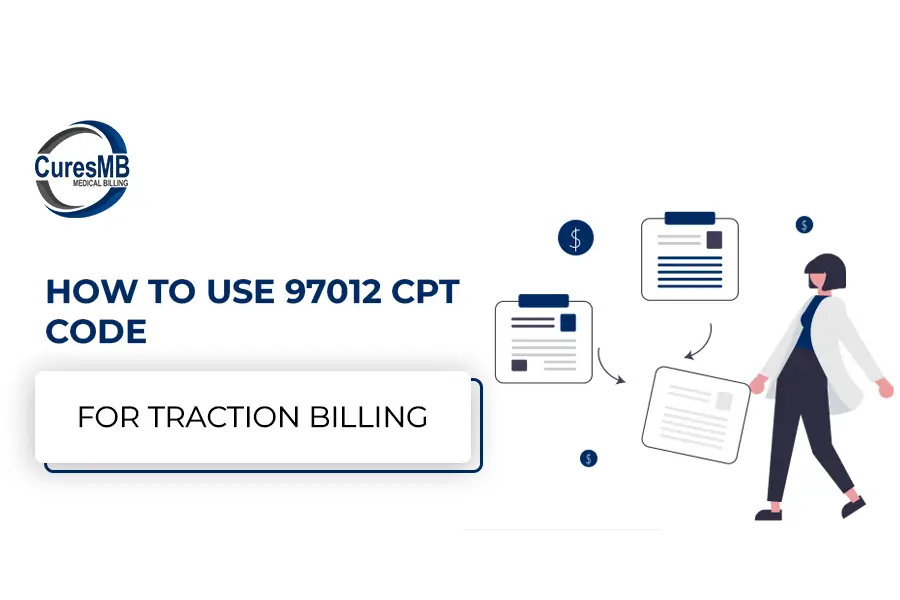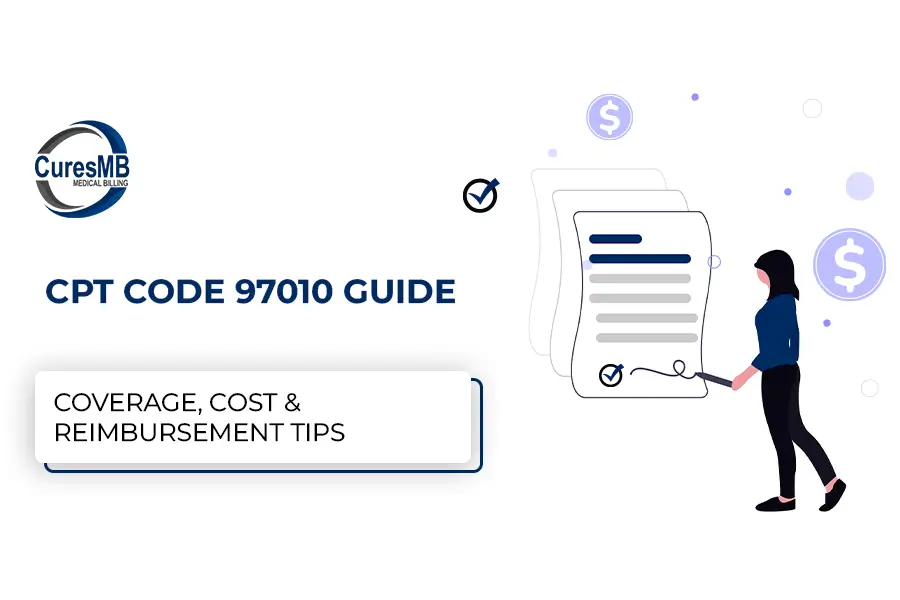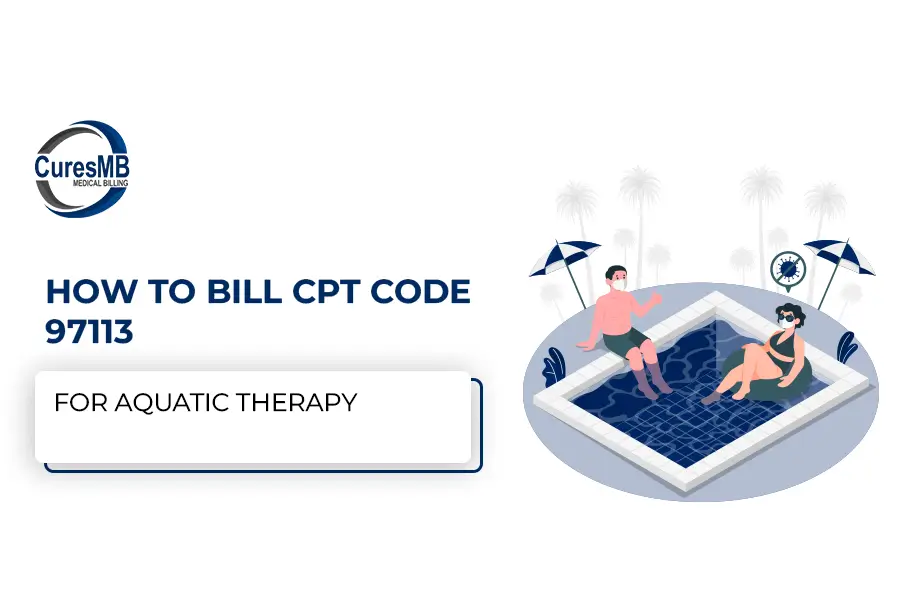Key Steps and Benefits of Revenue Cycle Management Call Us Leave a Message Effective Revenue Cycle Management (RCM) is the lifeblood of any healthcare practice, make sure that each provider provides interprets into auctions. By industry, with the financial procedures from the instant a patient makes an appointment to the last payment, RCM is crucial for preserving the financial capability of any healthcare company. Whether you are running a small health centre or a massive healthcare facility, understanding and optimizing RCM is crucial for achievement. What Is Revenue Cycle Management? Revenue Cycle Management includes the entire economic system of a healthcare practice, from the primary patient stagger to the very last fee acquired. It involves various steps, together with pre-authorization, eligibility verification, charge capture, claim submission, denial management, payment posting, and patient collections. When those steps are efficaciously controlled, the result is a streamlined workflow that enhances the practice’s financial performance. Some Steps About the Revenue Cycle Management: Pre-Authorization and Eligibility Verification The first step in the RCM method is pre-authorization and eligibility verification. Before an affected person gets services, it is important to verify their coverage and determine whether or not prior authorization is required for specific approaches. This step enables capacity claim denials and ensures that the exercise can be reimbursed for offerings rendered. Additionally, utilizing confirming eligibility in advance, practices can provide patients with accurate value estimates, reducing the chance of billing arguments afterwards. Services and Charge Capture Once a patient receives services, accurately capturing charges is crucial. This step entails documenting all processes, treatments, and services furnished at some stage in the patient’s visit. Proper fee grabs guarantees that the exercise bills for all services rendered, stopping auction loss due to missed expenses. Furthermore, using the right code for every service is vital, as an incorrect code can cause claim denials or decreased reimbursements. Claim Submission and Denial Management After capturing fees, the next step is to submit claims to coverage collections. Timely and accurate claim submission is vital for receiving quickly bills. However, claims denials are a common assignment inside the RCM system. Effective denial control entails calculating out the reasons for denied claims, correcting any errors, and resubmitting claims as quickly as possible. By proactively addressing denials, practices can reduce revenue loss and make certain a regular cash flow. Payment Posting Once a state is permitted and payment is obtained, the charge must be posted to the patient’s account. Accurate charge posting is critical for preserving up-to-date financial data and identifying any discrepancies between predicted and acquired bills. This step also helps practices tune patient stabilities and manage extraordinary quantities successfully. Accounts Receivable Follow-up Accounts receivable (AR) follow-up is an important part of RCM, specializing in growth late payments from sufferers or insurance corporations. Regular follow-up on unpaid claims and patient balances facilitates reducing the exercise’s AR days and improves normal cash going with the flow. Moreover, constant AR follow-up establishes a practice’s dedication to gathering what it’s far owed, which is essential for financial stability. Patient Statement Processing Patient statement processing entails generating and sending statements to patients for any exquisite balances after coverage bills were applied. Clear and concise statements help sufferers understand what they owe and why. Additionally, providing patients with convenient price alternatives, along with online charge portals, can encourage timely bills and decrease the want for follow-up Patient Payment Collection The very last step within the RCM procedure is gathering bills from patients. This step involves more than simply sending statements; it requires a proactive verbal exchange with patients to make certain they understand their economic responsibilities. Offering flexible charge plans and accepting diverse price methods could make it less difficult for patients to pay their payments, improving collection charges and affecting personal pleasure. About Us Our goal is to streamline your healthcare revenue cycle management, give you the financial freedom your practice deserves, and take control with a partner specializing in provider RCM optimization and services excellence. Our Services Medical Billing & Coding Services Credentialing & Enrollment Services Eligibility & Benefit Verification Services Prior & Authorization Services Denial Management Account Receivable Services Patient Statements & Inquires Revenue Cycle Management Services Management of EOBs & ERAs Financial Reporting HIPAA Compliant Out Of Network Negotiation Services Recent Blogs All Post Medical Uncategorised Uncategorized Key Steps and Benefits of Revenue Cycle Management September 4, 2024 Tips for Providers to Collect Outstanding Deductibles from Patients September 3, 2024 Coding for Pulmonary Function Tests: A Complete Guide August 30, 2024 Company Info Access essential company data with a simple click through the ‘Download Company Info’ feature. Download Info Let’s Talk +1 (917) 994-9941 3811 Ditmars Blvd# 1124, Astoria, NY 11105 Contact Us Our Info! Benefits of Effective Revenue Cycle Management Implementing a powerful RCM approach offers several blessings that go beyond just financial gains. Improved Cash Flow One of the maximum massive benefits of powerful RCM is advanced cash flow. By streamlining the billing and collections procedure, practices can make certain that payments are received more quickly, decreasing the time it takes to convert offerings into revenue. These enhanced cash flows enable practices to cover operating charges, put money into new technologies, and amplify their offerings. Reduced Operational Costs Effective RCM additionally reduces operational prices by minimizing the need for manual intervention in billing and collection techniques. Automation of responsibilities, including eligibility verification, claim submission, and payment posting, reduces the workload on the administrative team of workers, allowing them to focus on extra important duties. Additionally, by reducing claim denials and improving collection dues, practices can keep away from the prices related to transformation and follow-up. Invest in Staff Training Investing in personnel instruction is every other key benefit of powerful RCM. well-educated team of workers are better equipped to control the complexities of the RCM procedure, from correct rate capture to denial control. Regular working out ensures that the body of workers is up to date on modern industry regulations and excellent practices, decreasing the probability of errors and improving regular
Tips to Improve Revenue Cycle Management for Your Practice
Revenue cycle management (RCM) is critical to the financial success of your medical practice. One of the biggest challenges in RCM is the collection process, especially dealing with claim rejections from insurance companies. To improve your revenue cycle, consider these six tips for improving your billing practices. First, make sure your billing team is trained in medical billing coding and aware of the latest medical billing rules. Second, streamline the submit a-claim process to reduce claim rejections.






